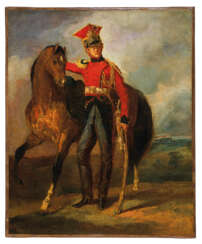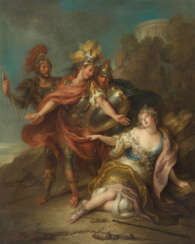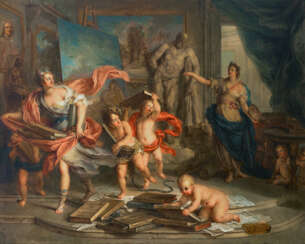nouvelle école de paris
 Серж Поляков. Фотопортрет художника.jpg)
Serge Poliakoff was a Russian-born French modernist painter belonging to the 'New' Ecole de Paris (Tachisme).
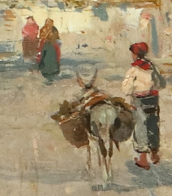

 Серж Поляков. Фотопортрет художника.jpg)
Serge Poliakoff was a Russian-born French modernist painter belonging to the 'New' Ecole de Paris (Tachisme).

 Серж Поляков. Фотопортрет художника.jpg)
Serge Poliakoff was a Russian-born French modernist painter belonging to the 'New' Ecole de Paris (Tachisme).
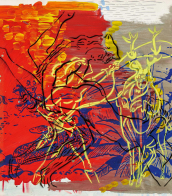
 Серж Поляков. Фотопортрет художника.jpg)
Serge Poliakoff was a Russian-born French modernist painter belonging to the 'New' Ecole de Paris (Tachisme).

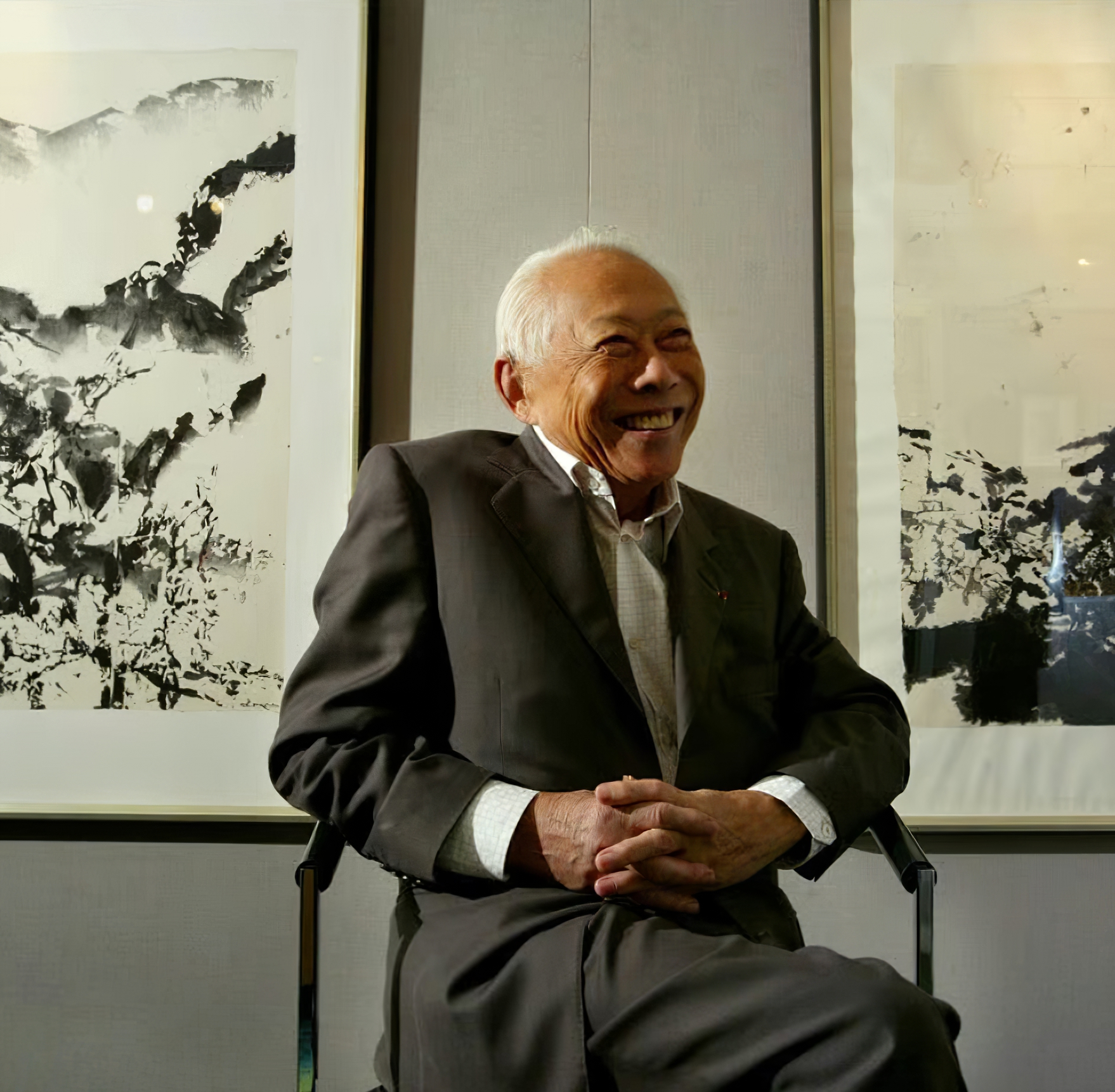
Zhao Wou-Ki (Chinese: 赵无极, pinyin: Zhào Wújí) was a Chinese-French painter. He was a member of the Académie des Beaux-Arts in Paris. Zao Wou-Ki graduated from the China Academy of Art in Hangzhou, where he studied under Fang Ganmin and Wu Dayu.
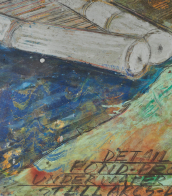
 Серж Поляков. Фотопортрет художника.jpg)
Serge Poliakoff was a Russian-born French modernist painter belonging to the 'New' Ecole de Paris (Tachisme).
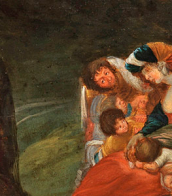
.jpg)
Jacint Rigau-Ros i Serra, known in French as Hyacinthe Rigaud, was a Catalan-French baroque painter most famous for his portraits of Louis XIV and other members of the French nobility.



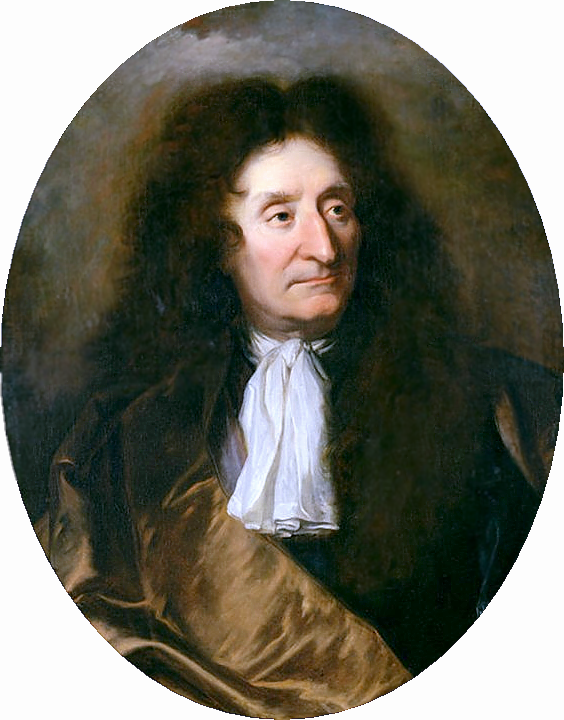
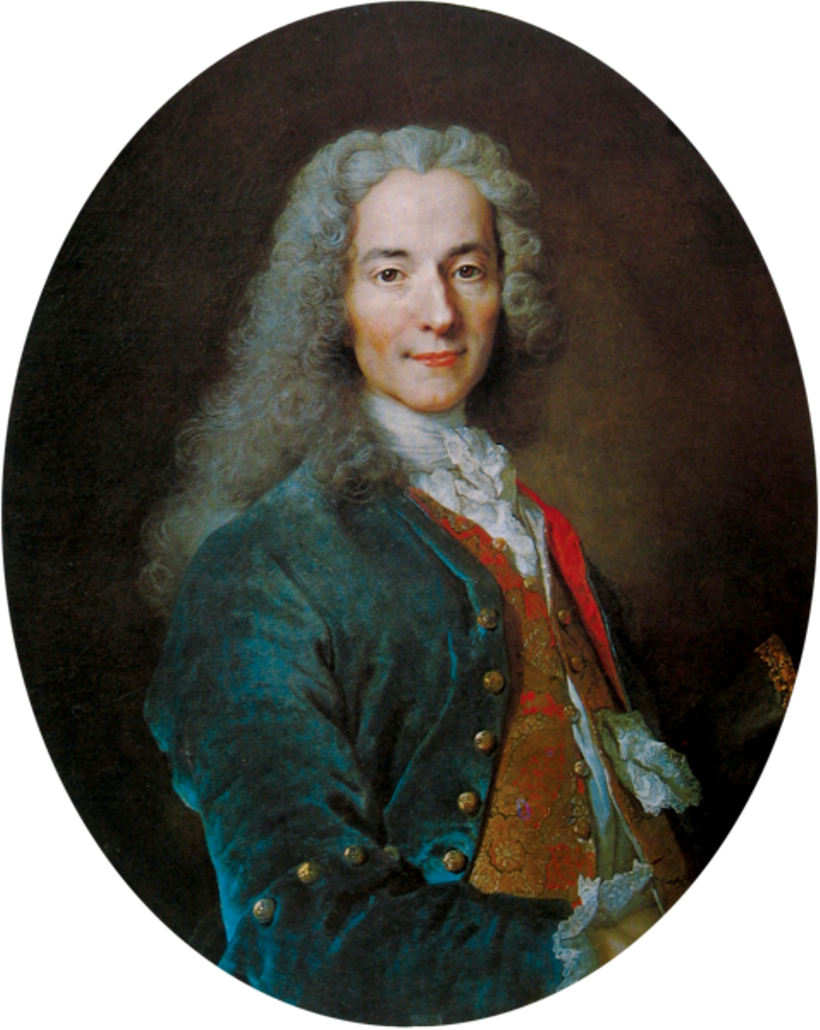
Voltaire, born François Marie Arouet, was a French philosopher-enlightener of the French Enlightenment, poet and writer, satirist, tragedian, historian and essayist.
Voltaire's long life fell on the last years of classicism and the eve of the revolutionary era, and in this transitional period his works and activities had a significant impact on the direction of European civilization. Through his critical freethinking and wit, Voltaire won the minds of many 18th century European rulers. To this day, he continues to enjoy worldwide fame as a courageous fighter against tyranny, bigotry, and cruelty.
Voltaire was an advocate of freedom of speech, freedom of religion and separation of church and state. He was a versatile and prolific writer in all literary forms, including plays, poems, novels, essays, histories, and scholarly expositions. In total, he wrote more than 20,000 letters and 2,000 books and pamphlets. Voltaire's most famous works are the tragic play Zaire, the historical study The Age of Louis XIV, and the satirical novella Candide.

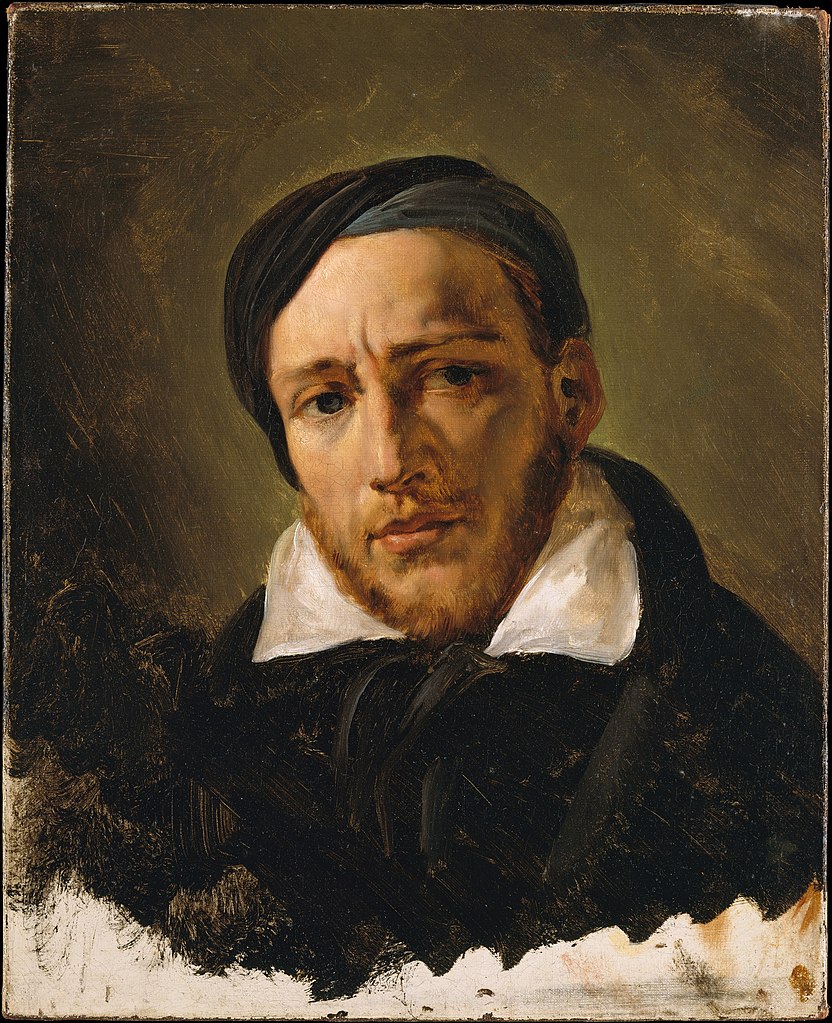
Jean-Louis André Théodore Géricault was a French painter and lithographer, celebrated for his pivotal role in the Romantic movement. Born in Rouen, France, in 1791, and educated among the elite in Paris, Géricault developed a profound connection with art from a young age, influenced by his training under notable figures like Carle Vernet and Pierre-Narcisse Guérin. This foundation set him on a path that diverged significantly from the classical traditions of his time.
Géricault's artistry is best known for its vibrant energy and emotional intensity, characteristics that marked a departure from the Neoclassical style predominant in the early 19th century. His most famous work, "The Raft of the Medusa" (1818–19), is a monumental canvas that dramatizes the tragic aftermath of the French shipwreck, Méduse, capturing the public and critical imagination for its raw portrayal of human despair and resilience. This painting not only criticized the French government but also showcased Géricault's masterful handling of drama, becoming an iconic symbol of Romanticism.
Throughout his career, Géricault remained deeply engaged with contemporary issues and the human condition, exploring themes of mental illness, social injustice, and the raw power of nature versus human vulnerability. His series of portraits depicting patients with mental illnesses, created towards the end of his life, highlighted his empathy and innovative approach to capturing human emotion and psychological depth.
Géricault's fascination with the dynamic forms and emotional potential of horses also led to some of the most stirring equestrian art of his time, reflecting his personal passion for horseback riding and his exceptional understanding of equine anatomy. This interest is evident in works like "A Horse Frightened by Lightning", showcasing his ability to capture motion and emotion in both human and animal forms.
Despite his premature death at the age of 32, Géricault's legacy endures, with his works residing in prestigious institutions like the Louvre in Paris. His artistic vision and dedication to portraying the realities and turbulences of his era have cemented his status as a pioneer of Romanticism, influencing subsequent generations of artists, including his contemporary and friend, Eugène Delacroix.
For collectors and experts in art and antiques, Géricault's oeuvre offers a profound insight into the Romantic spirit, embodying the tumult, passion, and innovation of an era on the cusp of modernity. His works continue to inspire and captivate audiences, reminding us of the power of art to provoke thought and evoke deep emotional responses.
To stay updated on exhibitions and auction events featuring Géricault's works, sign up for updates. This subscription will keep you informed on new discoveries and sales related to this influential artist, ensuring you never miss an opportunity to engage with the legacy of Jean-Louis André Théodore Géricault.

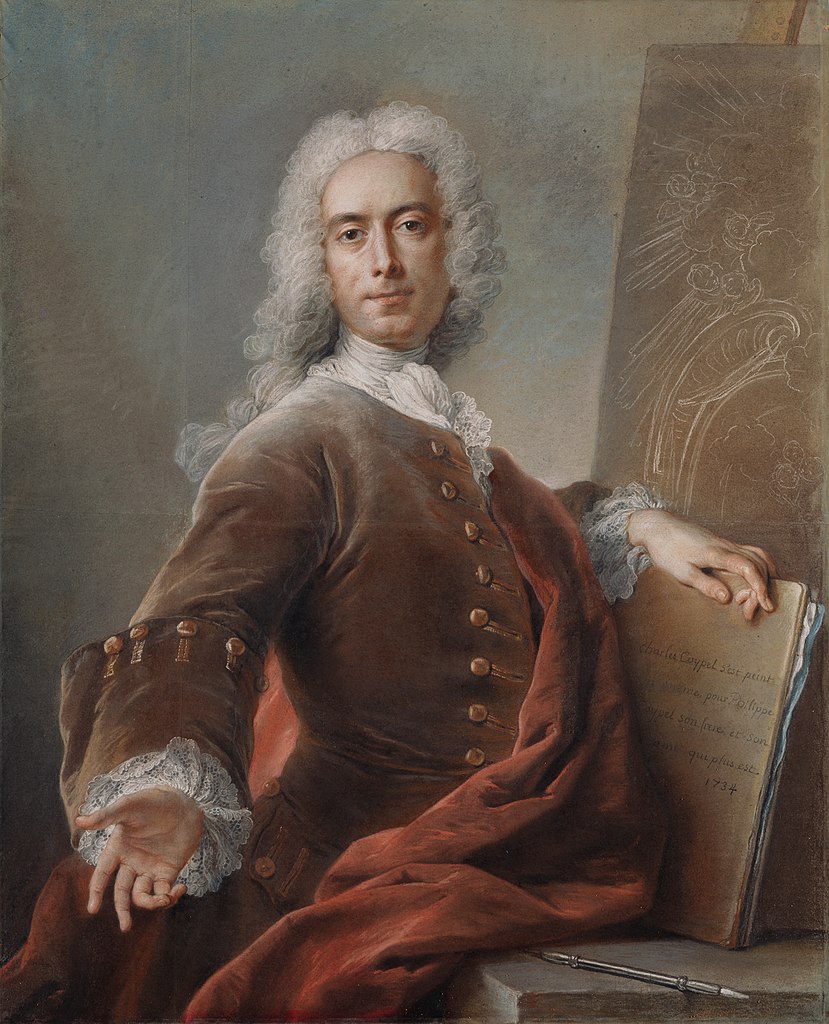
Charles-Antoine Coypel was a multifaceted French Rococo artist, known for his contributions as a painter, designer, playwright, and art critic. Born into a family with a significant artistic legacy, Coypel rose to prominence in the French court, eventually serving as the court painter and the director of the Académie Royale. His work, which often blended dramatic narrative with intricate detail, played a pivotal role in the development of Rococo art in France, reflecting the opulent and expressive tendencies of the period.
Coypel's artistic output includes a range of subjects, from religious themes, as seen in his etching "The Virgin and Child," to theatrical history paintings that convey operatic passions and high drama. His ability to infuse his compositions with emotional depth and narrative complexity, alongside his mastery of the Rococo style's playful and ornamental characteristics, distinguishes his work within the era. Notably, Coypel was also involved in the design of tapestries for the Gobelins Manufactory, illustrating scenes from Miguel de Cervantes's "Don Quixote," which remained influential through the end of the 18th century.
His artworks, such as "The Virgin and Child," showcase not only his technical skill but also his sensitivity to composition and form, contributing to his reputation as one of the leading painters in the French court during the 18th century. Coypel's legacy is preserved in his paintings, etchings, and tapestry designs, which continue to be celebrated for their artistic and historical significance.
For collectors and experts in art and antiques, Charles-Antoine Coypel's work represents an essential connection to the Rococo period's rich cultural and aesthetic traditions. His contributions to French art history, particularly through his role at the Académie Royale and his influence on the development of Rococo style, make his work a valuable study for those interested in the dynamics of French art and culture during the 18th century.
To stay informed about updates related to Charles-Antoine Coypel, including new discoveries, sales, and auction events of his works, consider signing up for updates. This service will provide tailored notifications to enthusiasts and collectors eager to explore and acquire pieces by Coypel, ensuring they remain at the forefront of developments in the field of Rococo art.


Charles-Antoine Coypel was a multifaceted French Rococo artist, known for his contributions as a painter, designer, playwright, and art critic. Born into a family with a significant artistic legacy, Coypel rose to prominence in the French court, eventually serving as the court painter and the director of the Académie Royale. His work, which often blended dramatic narrative with intricate detail, played a pivotal role in the development of Rococo art in France, reflecting the opulent and expressive tendencies of the period.
Coypel's artistic output includes a range of subjects, from religious themes, as seen in his etching "The Virgin and Child," to theatrical history paintings that convey operatic passions and high drama. His ability to infuse his compositions with emotional depth and narrative complexity, alongside his mastery of the Rococo style's playful and ornamental characteristics, distinguishes his work within the era. Notably, Coypel was also involved in the design of tapestries for the Gobelins Manufactory, illustrating scenes from Miguel de Cervantes's "Don Quixote," which remained influential through the end of the 18th century.
His artworks, such as "The Virgin and Child," showcase not only his technical skill but also his sensitivity to composition and form, contributing to his reputation as one of the leading painters in the French court during the 18th century. Coypel's legacy is preserved in his paintings, etchings, and tapestry designs, which continue to be celebrated for their artistic and historical significance.
For collectors and experts in art and antiques, Charles-Antoine Coypel's work represents an essential connection to the Rococo period's rich cultural and aesthetic traditions. His contributions to French art history, particularly through his role at the Académie Royale and his influence on the development of Rococo style, make his work a valuable study for those interested in the dynamics of French art and culture during the 18th century.
To stay informed about updates related to Charles-Antoine Coypel, including new discoveries, sales, and auction events of his works, consider signing up for updates. This service will provide tailored notifications to enthusiasts and collectors eager to explore and acquire pieces by Coypel, ensuring they remain at the forefront of developments in the field of Rococo art.

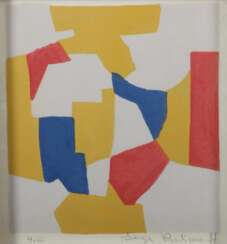

![[PARLEMENT DE PARIS – CHAMBRE DES ENQUÊTES]](/assets/image/picture_3566742/b0cd9/c33a41cfb271cc2ca11cd077c84c8dd71700607600jpg__fix_374_244.jpeg)
![[PARLEMENT DE PARIS – CHAMBRE DES ENQUÊTES]](https://veryimportantlot.com/assets/image/picture_3566742/b0cd9/c33a41cfb271cc2ca11cd077c84c8dd71700607600jpg__fix_374_244.jpeg)
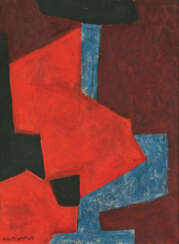

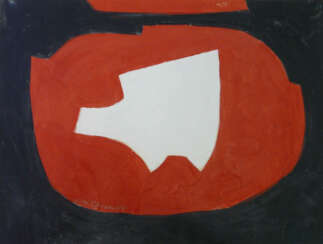

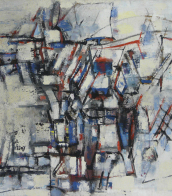
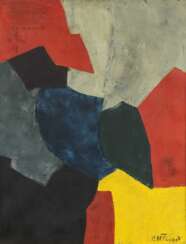



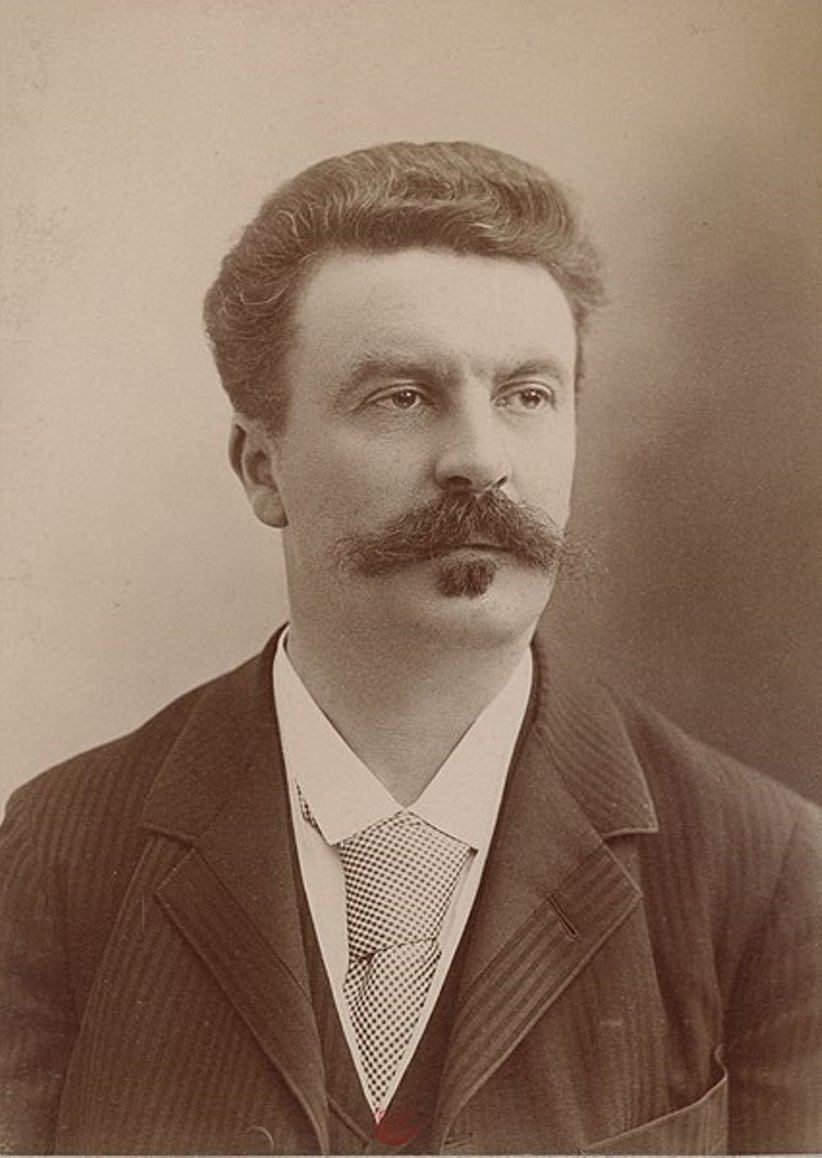

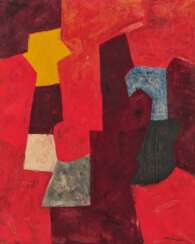



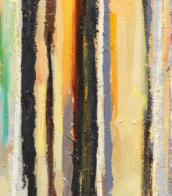
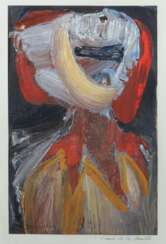

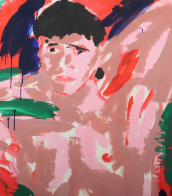
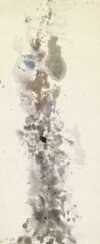

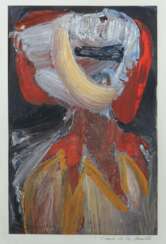



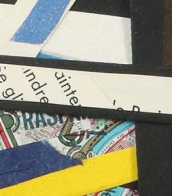
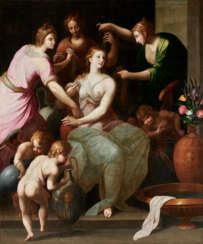


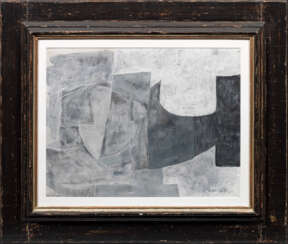

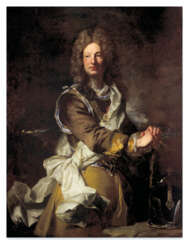

![CURIOSA [Jean-Charles GERVAISE DE LATOUCHE (1715-1782), attribué à].](/assets/image/picture_3601563/a4400/nku5alfoz8s9mq6qfeqiuaifvddn8zsco2egvyeleofbcbmxqcyngb0huzmkhc5v1700207073jpg__fix_374_244.jpeg)
![CURIOSA [Jean-Charles GERVAISE DE LATOUCHE (1715-1782), attribué à].](https://veryimportantlot.com/assets/image/picture_3601563/a4400/nku5alfoz8s9mq6qfeqiuaifvddn8zsco2egvyeleofbcbmxqcyngb0huzmkhc5v1700207073jpg__fix_374_244.jpeg)


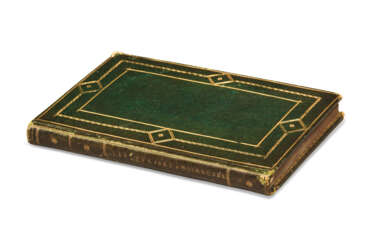

![[ÉDITIONS DE MINUIT].](/assets/image/picture_2932390/62cb5/9ffda273d6df69a2796fa8e1f69cb4a31687420800jpg__fix_374_244.jpeg)
![[ÉDITIONS DE MINUIT].](https://veryimportantlot.com/assets/image/picture_2932390/62cb5/9ffda273d6df69a2796fa8e1f69cb4a31687420800jpg__fix_374_244.jpeg)


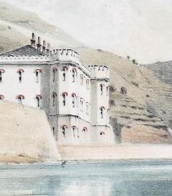
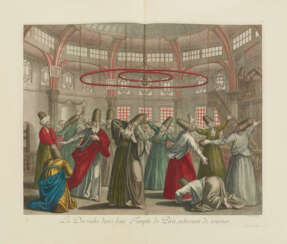


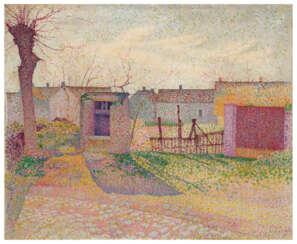


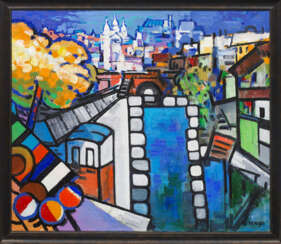

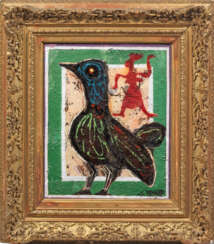

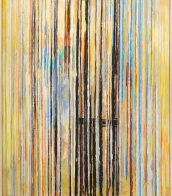
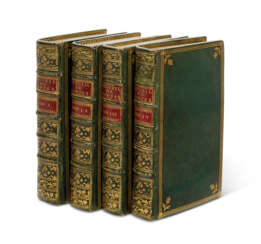



![[L'ESCOLE PARFAITE DES OFFICIERS DE BOUCHE].](/assets/image/picture_2735105/64066/0e717649d5848b20cad6c08bb876358e1679526000jpg__fix_374_244.jpeg)
![[L'ESCOLE PARFAITE DES OFFICIERS DE BOUCHE].](https://veryimportantlot.com/assets/image/picture_2735105/64066/0e717649d5848b20cad6c08bb876358e1679526000jpg__fix_374_244.jpeg)

